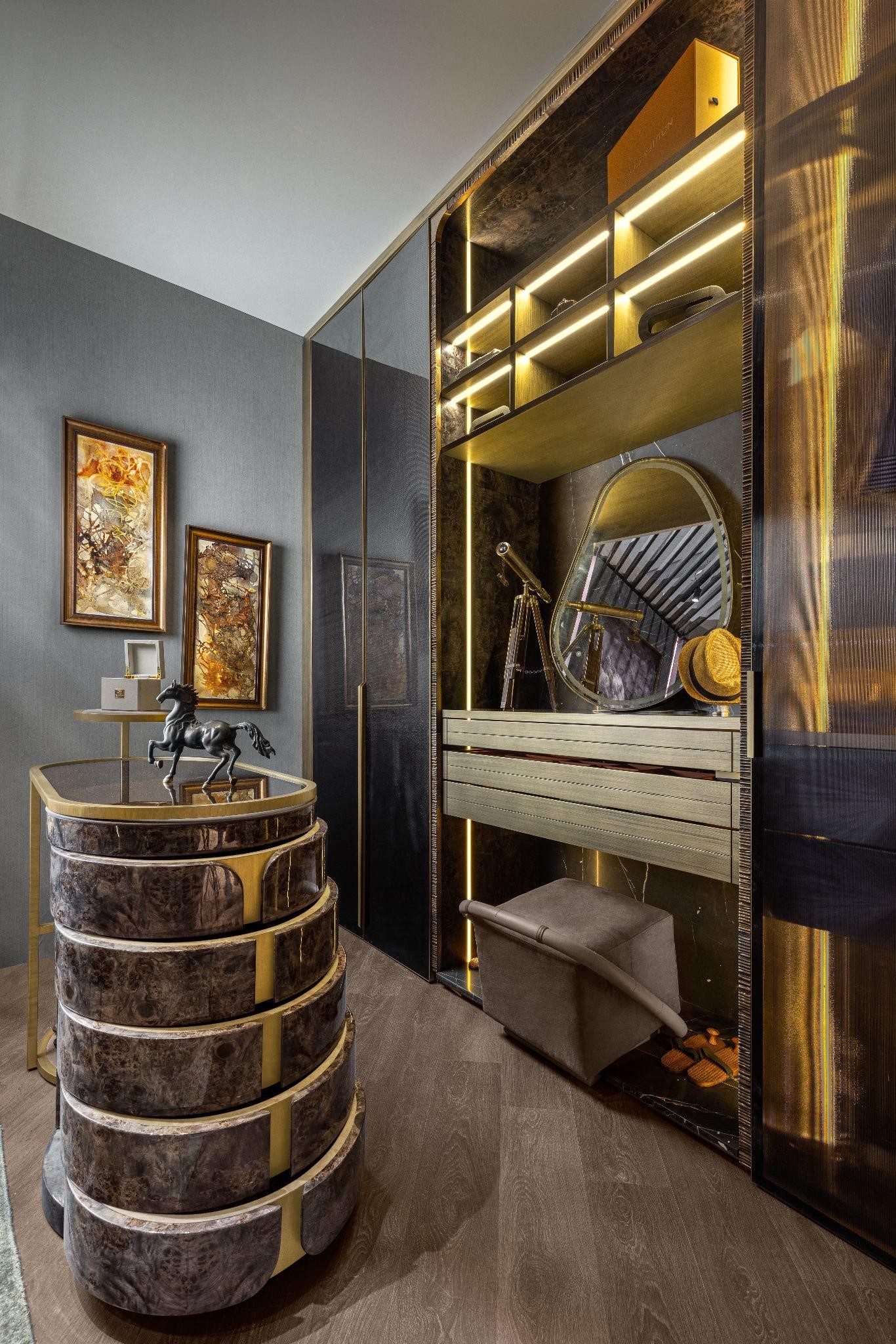
Selecting furniture from a wide array of options can be challenging for most, as one is simply spoiled for choice. However, comfort and ergonomics are fundamental to furniture design and critical to its selection process, aesthetics, and cost. Ergonomics is a science used to analyse the average human dimensions and design products accordingly with reduced fatigue and discomfort. Hence, incorporating ergonomically designed furniture in homes and offices is of utmost importance to harmonise with the human body. Furthermore, it can also be customised to ensure maximum comfort, thus adding to the overall wellness of the occupants.
Most of our day is spent working, so office furniture should follow the 90-90-90 degree ergonomics rule. While working, the lower spine fragment (lumbar) must maintain the S-shaped curve in various human postures, similar to the standing posture of the spine. Research recommends a 90-90-90-degree placement for the elbow, hip, and knee joints. However, any variation to this subset is welcome until it leads to the user hunching over or slouching.
Things to keep in mind:
Ensure that sofas, chairs, etc., have firm seats and a softback, employing stress-resistant foam for the seats and headrest. Users should be able to place their feet on the floor comfortably.
The armrest should be placed at elbow level, while the backrest height should range from 34 to 38 inches to assist the user in maintaining a correct posture.
The neck should rest at the desired height to support the head. Similarly, other body anthropometrics should be considered to maintain ergonomic design.
Nowadays, modern furniture is highly customizable and has cutting-edge ergonomic qualities. Moreover, with innovative craftsmanship and the addition of intricate details, it can elevate the aesthetics of space while offering optimal comfort.

Riya Kapoor is the creative director of Quba Homes.















